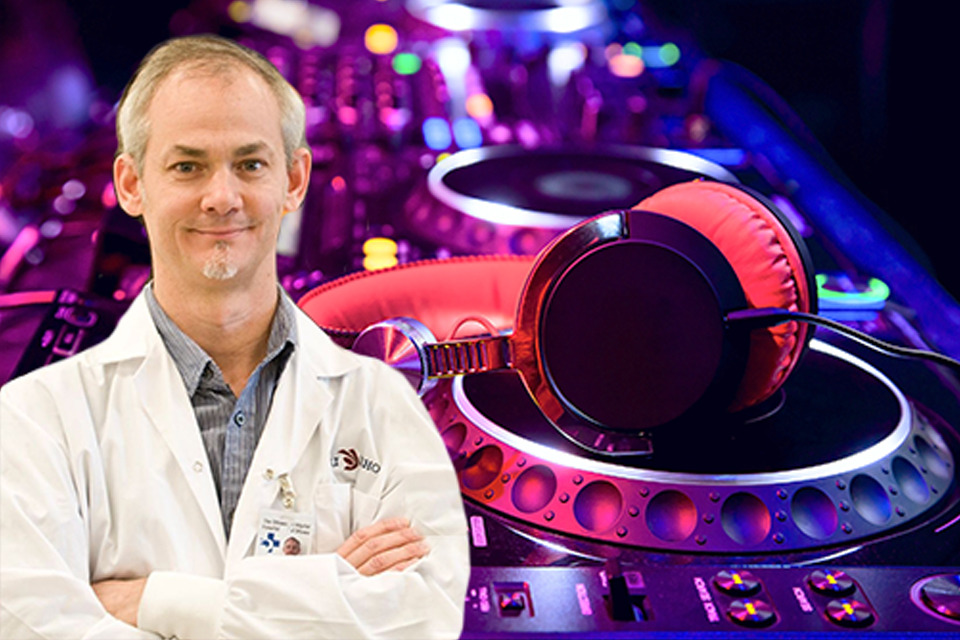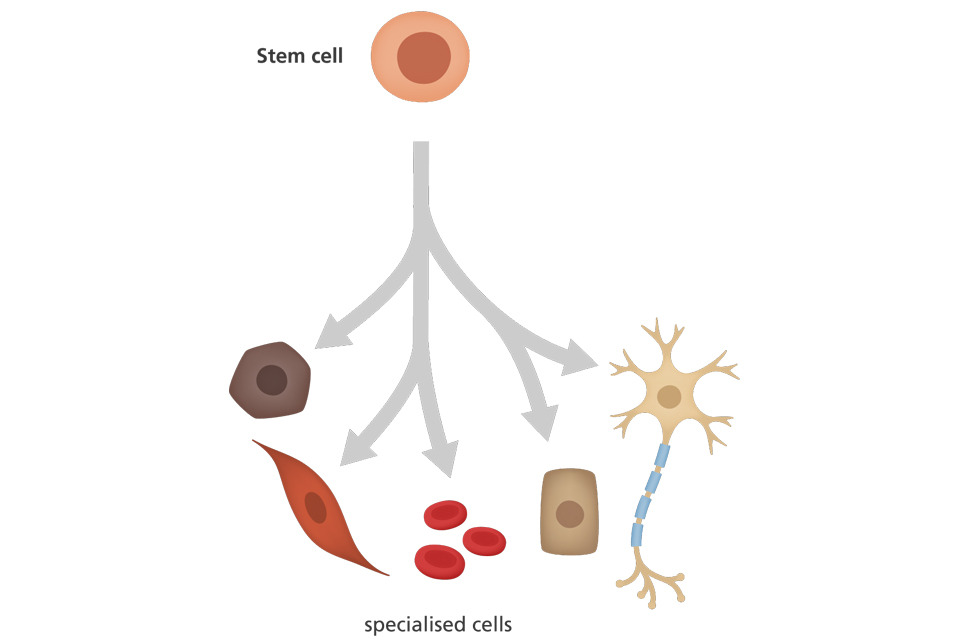By Jessie Duong
Special Guest Writer
Potential. It means a lot to many different people. From the moment we begin to think for ourselves, we have been asked the age-old question: “What do you want to be when you grow up?” And, filled with the bubbling excitement and naivety that only children possess, the possibilities that stretched before us seemed endless: princess, astronaut, doctor, even princess/astronaut/doctor!
For Dr. William Stanford, uOttawa professor of Cellular and Molecular Medicine and Senior Scientist at The Ottawa Hospital , that dream was to become a veterinarian/DJ. And while he achieved the DJ part of that dream during his postsecondary studies, his second career came later. These days, instead of spinning records and jamming to the latest Arctic Monkeys songs, he’s spinning test tubes and rocking out to the tunes of his success in stem cell research.
Now the founder and acting director of the Ottawa Human Pluripotent Stem Cell Facility, and a renowned world-leader in the field of stem cell biology, Dr. Stanford has come a long way from his days in the studio. Despite his love for music, Stanford always knew that he would pursue a career in medicine. Motivated by a brother diagnosed with a developmental bone disease, and inspired by a passion for science since his teenage years, Stanford now runs his own lab as a senior scientist at The Ottawa Hospital. Currently, his laboratory focuses on stem cell research.
But what in the world, you ask, is a ‘stem cell’?
If we go back to our previous analogy, you can think of stem cells as children. Like children, stem cells are a blank slate with the potential to ‘grow up’ and become any number of specialized cells, such as brain, blood, or bone. This process is known as ‘differentiation’. And, with the potential of stem cells to differentiate into any possible cell type, the diseases that can be studied using stem cell technology are almost limitless.
Current work in the Stanford lab investigates the different factors that contribute to the decision-making process of a stem cell. By understanding what influences a stem cell’s fate, they can then better understand the mechanisms underlying human diseases, and develop novel therapies to treat them.
Stanford describes his work as “basic research, with an eye for applying it in a medical setting.” Following his recent success in using bone stem cells to restore bone density in mice with osteoporosis, Dr. Stanford has now set his eyes on a rare lung disease that affects only women—a medical condition known as lymphangioleiomyomatosis (LAM).
“We’re trying to understand why these women develop LAM,” Stanford explains. “What makes LAM cells grow? Where do they come from?” To this end, Stanford’s lab employs a novel strategy known as ‘systems biology’: a holistic approach that emphasizes that a system—in this case, the human body—is greater than the sum of its parts.
Let’s translate this into a simpler analogy. If you wanted to know how a veterinarian became motivated to pursue their career, you would look at several factors that influenced that choice. Perhaps the vet grew up with several dogs? Or maybe that vet was inspired by a relative? If you had only considered one factor in this decision-making process, you would have an incomplete picture.
Similarly, to understand how LAM cells differentiate, and how the disease progresses, you cannot attribute it to a single event. Instead, you would need to cast a wider net, and examine the complex network of genes and proteins to tease out the handful that may play a role.
While there is still much to be done before his research can be translated into a potential therapeutic for LAM patients, Stanford has a lot of hope for the future: “I think we’re on the cusp of real breakthroughs in using stem cells to further our understanding of the disease and development of new treatments.”
While he may not be a veterinarian/DJ, Stanford now pursues a different dream as he continues to explore the world of stem cell research to find a cure for this rare disease.
From DJ to rock star scientist, it just goes to show that potential resides inside all of us—starting with our stem cells.


